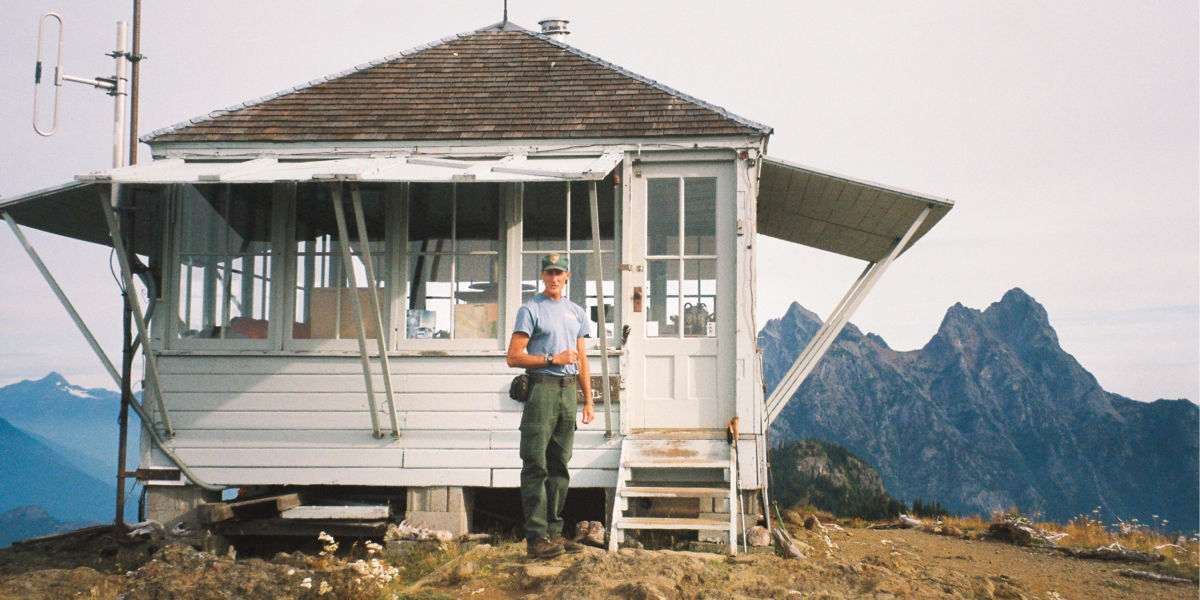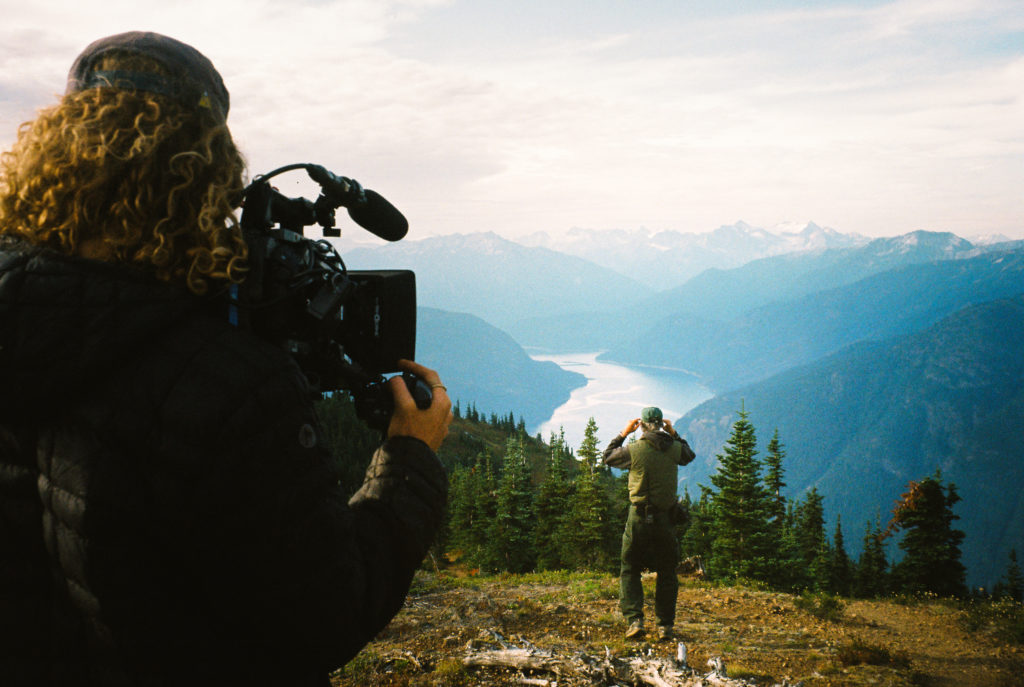
“Ode to Desolation” Shines a Light on the Dying Profession of Fire Tower Lookouts
Desolation Peak used to be part of a massive network of more than 9,000 fire tower lookouts.

How does a person achieve a sense of fulfillment in isolation?
That’s a question many have been forced to confront in our present era of social distancing, but it’s one that can be approached with renewed perspective courtesy of Jim Henterly.
As part of a career that has spanned four years in the National Park Service and more than 20 in the Forest Service, Henterly has spent thousands of days on the summit of Desolation Peak, a 6,102-foot mountain summit in Washington state’s North Cascades.
On Desolation’s panoramic summit, Henterly mans one of the last remaining fire tower lookouts in the United States, a dying profession set against a stunning backdrop that caught the eye of filmmaker Lindsey Hagen, who set out in June 2019 to tell Jim’s story in her directorial debut, Ode to Desolation.
“The scenery in the Pacific Northwest is, in my opinion, pretty unbeatable,” Hagen told Sunset. “It’s almost prehistoric, in a way, and so dramatic. So, I knew the backdrop would be beautiful.”

Photo courtesy of Lindsey Hagen and Chris Naum
But while Hagen went into the project envisioning the appealing aesthetics of ancient mountain ranges, she came away with an indelible mark a landscape, despite its beauty, could not leave on its own.
Human connection to the natural world has diminished as professions like Henterly’s give way to drone and camera detection technology, industry shifts that risk leaving visitors devoid of a more intimate, impressionable experience that someone like Jim can provide.
“If you don’t have someone to speak to when you get to the top of Desolation Peak, you’re missing that emotional connection,” Hagen said.
“He’s this human extension that connects the natural world. It goes so much deeper than just spotting fires. He’s the person relaying history and information to people who visit the summit.”
Now one of 60 fire tower lookouts, Desolation Peak was once part of a vast network of more than 9,000 that dotted the country’s mountainous landscapes. Most have been destroyed, abandoned, or in some cases, turned into rentals.
The dwindling number has made Henterly’s devotion to bridging the gap between humanity and the wild all the more fulfilling.
“It was really eye opening to sit in Jim’s seat and look at the world around him through his eyes,” Hagen said. “Seeing his perspective brought me a ton of insight on how we can lead a more productive and more conscious life by looking around, taking in the details, and focusing more on what we have right in front of us.”
For Jim, those details are preserved both through storytelling and the thousands of illustrations he’s sketched from atop Desolation Peak. Intricate detailing of a lookout log book provides another story telling platform, Jim says in the film, one that children or grandchildren of those who have summited Desolation Peak can discover when visiting years from now.
“One day the kids will see this place,” an inscription from the log book reads. “Magic.”

Photo courtesy of Lindsey Hagen and Chris Naum
Henterly’s contentment in the simplicity of his natural surroundings is an especially pertinent lesson we can apply in a pandemic-riddled world cluttered by infinite distraction. Despite spending most of his time in isolation, Jim calls his experience in the wild “very full.”
“(The wilderness) seems to rewire us,” he says in the film. “That’s where our brain developed. That’s where we learned beauty.”
Fulfillment through modest means, Hagen said, is what makes Jim’s example resonate.
“There are layers of Jim’s story that are relatable to someone from any walk of life,” she said. “And that comes from the appreciation of the details and finding whatever those details are that that speak to you.”
Nowhere is Henterly’s deeply-rooted appreciation of his surroundings felt more deeply than toward the end of the film, when he reflects on the words of renowned poet Gary Snyder.
“This present moment that lives on to become long ago,” Henterly says, reciting Snyder.
“Every moment of our life is there for eternity,” he says in the film.
“Did we do something with that moment that will make a good story? At the very least, did we do something that will make things better for the future?”
Learn more about Jim’s story in Hagen’s film, Ode to Desolation, available here.
